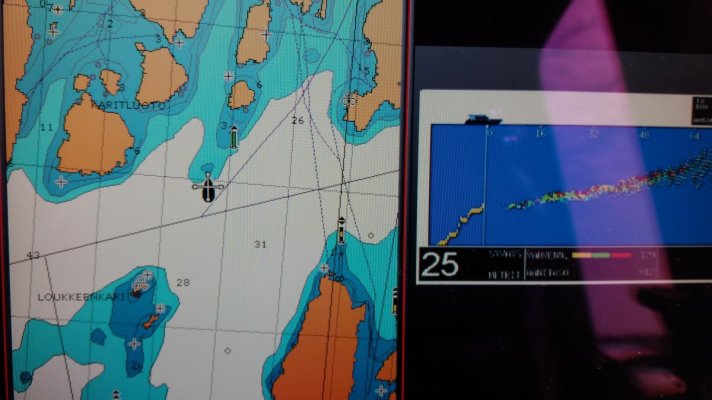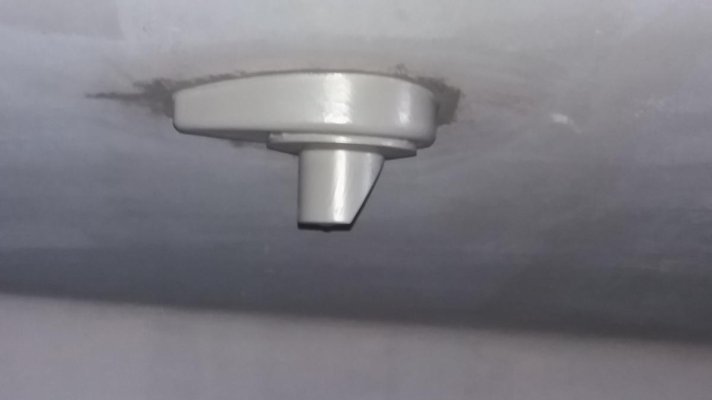Forward-looking sonar: 5 units tested - Practical Boat Owner
For those interested in a small test look forward sonars, if anyone knows of other tests put the link, thank you.
Very suspicious tests. Three Echopilots vs. a B&G and a Garmin? And the person quoted was the Echopilot employee? Sounds way too much like Echopilot running the show.
That said, Echopilot does have more range than Garmin and does make some superior scanners. The FLS 3D is even a better Echopilot but at six times the price. Then at ten times the price of an Echopilot, there's Farsounder with far more range.
So, I do agree with the conclusions of the tests, just still think they were a bit biased.
The issue I see with sonars is that those like Garmin, Furuno, and Simrad, all really evolved from fishing needs. The Echopilot was developed for boating. From the outset, it's development was aimed toward depth and bottoms, not detecting fish and toward seeing further forward. It reflects that and, therefore, in my opinion, is superior to the others.
On the other hand, Far Sounder was developed for commercial users and passenger vessels with a few megayachts thrown in. It was also developed for security purposes and they even have a contract with Homeland Security. They weren't facing the price constraints of the other. So, their product is definitely superior but not a product for most recreational vessels.
I've used all three Farsounder, Echopilot, and Garmin. Far Sounder best and by far most expensive. Echopilot 3D second but several times the price of other Echopilots. Other Echopilot models still probably slightly ahead of Garmin, Furuno, and Simrad. However, we find Garmin to do an excellent job of what we need it for and on a boat with all other Garmin equipment we're very pleased with the choice and the integration.







